Product pictures
| Amount Per 0.5 cup | |||
| Calories | 250 Kcal (1047 kJ) | ||
| Calories from fat | 9 Kcal | ||
| % Daily Value* | |||
| Total Fat | 1g | 2% | |
|---|---|---|---|
| Sodium | 740mg | 31% | |
| Total Carbs | 51g | 17% | |
| Sugars | 7g | 28% | |
| Dietary Fiber | 2g | 8% | |
| Protein | 8g | 16% | |
| Iron | 2.3mg | 13% | |
| Calcium | 80mg | 8% | |
* Percent Daily Values are based on a 2000 calorie diet. Your daily values may be higher or lower depending on your calorie needs.
Find out how many calories should you eat.
Ingredients And Nutrition Overview
Best
choice Good
choice Poor
choice Avoid
it!
choice Good
choice Poor
choice Avoid
it!
-
WeightWatchers Points: 4.7, PointsPlus: 6, SmartPoints: 8
WeightWatchers Points are estimated by carbohydrates, fats, protein and fiber in product. They are not an affirmation of better quality or nutritional value of the product or its manufacturer. Only way to count for dieters. Less points are better.
Read more at Weight watchers diet review -
Salty! Has over 31% of the daily sodium max
The average American consumes 5,000 mg of sodium daily — twice the recommended amount amount of 2400mg for healthy adults, this is 1 teaspoon of salt.
For medical reasons many people should not exceed 1500mg of sodium.
Surprisingly, you're responsible for only 15% of the sodium in your diet the bigger part - 75% of the sodium that you consume each day comes from processed foods, not home cooking or the salt shaker.
Excess sodium intake increases the risk of high blood pressure, hypernatremia, hypertension, cardiovascular disease and other heart problems.
Are these reasons enough to cut the sodium intake? No doubt! -
Convert Salt tsps to Sodium mg easily
Salt (NaCl) is not excactly sodium (Na).
It is not right to use these terms as synonyms.
The FDA recommended limit of sodium is 2,300 mg per day (or even less - about 1500 mg while one is on low sodium diets).
This is much less than the weight of salt.
(5,750 mg per day or 3,750 mg for low sodium diet) and not so convenient to calculate.
Know how much sodium is in your salt - without a calculator:
1/4 tsp salt = 600 mg sodium
1/2 tsp salt = 1200 mg sodium
3/4 tsp salt = 1800 mg sodium
1 tsp salt = 2300 mg sodium -
3 tsp of sugars per serving
This volume includes both naturally occurring from ingredients and specially added sugars.
USDA tells us that last years each American consumed an average 130 pounds of caloric sweeteners per year!
That works out to 30 tsp of sugars per day approximately 480 extra calories!
Just to think: Eating just 200 more calories daily than your body requires for body functioning and exercise leads to a 20-pound weight gain in a year. -
More than 8% daily fiber!
Eat more fiber. You've heard it many times. But why it is so good for your health?
Dietary fiber is best known for its ability to make our digestion going right.
So want to prevent or relieve constipation - eat more fiber!
There are also other great health benefits as well, such as lowering your risk of diabetes, heart disease and cancer, and helping to maintain a healthy weight by helping to feel you full longer.
The best source of fiber are fruits, vegetables, whole grains and legumes and not processed foods with added fiber. -
A good source of protein
For many vegans and vegetarians, it's important to get enough protein.
The product you've just scanned will provide you with 16% or more of your daily protein requirement.
If you're a vegan having trouble meeting your protein needs, try nuts and beans.
Sprinkling nuts onto any dish is a quick, easy and nutritious solution.
Try adding beans in places you might not normally eat them.
Add beans to pasta dishes, stir fries and even salads.
While meat alternatives like Tofu do provide a quick and easy protein intake, they should not be your only source of protein.
Eat proteins from a variety of sources for best results. -
Not a really good source of calcium!
Cheese is a generally a good source of calcium (more than 10% daily value per serving) - but not this.
If you are looking for calcium - swap for something with higher calcium content.
By the way, you don't need high fat or calories to get high calcium.
Many "lite" versions of cheese provide 30% of daily calcium needs.
Choose cheeses that are a naturally good source of calcium.
If you're worried about fat and calories, pre-sliced cheese, cheese sticks or cheese squares
are a great way to make sure your portion is the right size.
The FDA defines a serving of cheese as 1 ounce (30 grams).
Allergens
Gluten Allergy, Wheat Allergy, Lactose Allergy, Milk Allergy
Macaroni & cheese Ingredients
Enriched Macaroni (Durum and Enriched Flour with Niacin, Iron [Ferrous Sulfate], Thiamine Mononitrate, Riboflavin, Folic Acid), Dairy Product Solids, Enriched Bleached Flour (Niacin, Iron, Thiamine Mononitrate, Riboflavin, Folic Acid), Salt, Whey, Cheddar Cheese (Milk, Cheese Culture, Salt, Enzymes), Food Starch-Modified, Reduced Lactose Whey, Nonfat Milk, Butter (Cream, Salt), Buttermilk, Natural Flavor, Dried Yeast, Color (Yellow 5 Lake and 6 Lake, Yellow 5 and 6), Disodium Phosphate.
You Might Also Like
% RDI of Main Nutrition Facts
13%
of RDI* (250 calories) 118.3 g
-
Cal: 12.5 %
-
Fat: 1.5 %
-
Carb: 17 %
-
Prot: 16 %
-
0%25%75%RDI norm*
Calories Breakdown
- Carbs (83.3%)
- Fat (3.7%)
- Protein (13.1%)
Get Your Recipe of Health!
Follow RecipeOfHealth on Facebook!

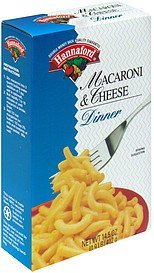
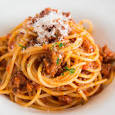
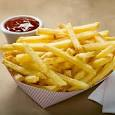
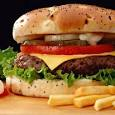
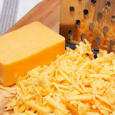
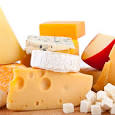
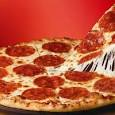
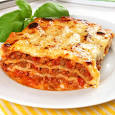
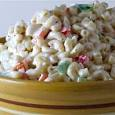
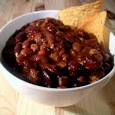
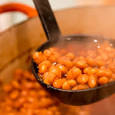
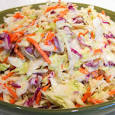
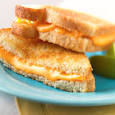
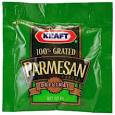
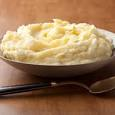
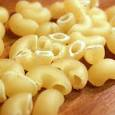
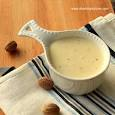
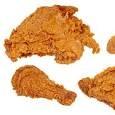
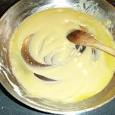









Add your comment